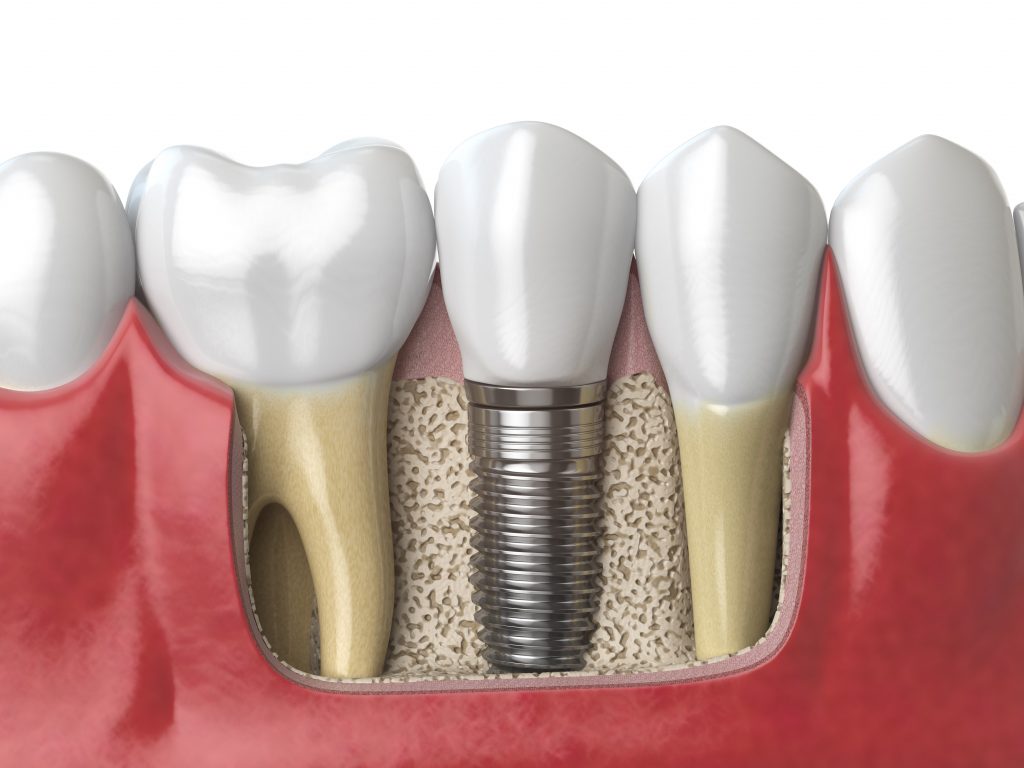Are you scheduled for a dental implant procedure?
Learn everything you need to know about your procedure before you have it done.
Dr. Sims wants you to know what to expect from your procedure. When receiving dental implants the tooth’s roots are being replaced with metal posts. Dental posts are like screws for artificial teeth. Implants are different than bridges or crowns because they function and look like real teeth.
Dental Implant Evaluation / Consultation
The first step of getting a dental implant is making sure you need one. Your dentist or real surgeon will provide you with a comprehensive oral exam, this will determine the condition of your jawbone and inform you on how to proceed. This exam will include x-rays, dental impressions, and color matching your teeth to make an implant look as natural as possible. The exam will also determine how many implants will be needed and if you need to be referred to a specialist, like a periodontist, depending on your oral health.
Tooth Extraction
If you have a tooth that needs replacing, it will be removed from your dentist. This can be done at the same time as the implant is inserted. For the extraction, you will be given the option for anesthesia. This will help take away the pain and will not take long, unless there is damage to the tooth, like a fracture.
Dental Implant Bone Grafting
There are two types of dental implants the first is where the dental implant is inserted into your jawbone and is placed under the gumline. IF your current jawbone is strong and thick enough, the extra bone may not even need to be added. Jaws need to be strong in order to handle the pressure of chewing and to properly protect the implant. However, if your jaw isn’t strong enough a pone will be taken from another area of the jawbone (away from the implant area). If this happens the jawbone may need to heal more before the implant can be added. Once the implant is added, the bone will grow around the implant. The implant will become part of the natural gum line over the course of the healing process.
Abutment Placement
Once the implant is stable, an abutment will be placed on top of the implant. This will connect your implant to your crown. This abutment will need to be tightened in order to stay in place while eating. This procedure will use local anesthesia, it is painless, other than feeling a little pressure. The abutment is sometimes placed at the same time as the implant/ The dentist will add a healing cap to keep tissue and bone from growing over the abutment.
Adding Permanent Crown
Once the gums have healed, you will receive an artificial tooth or dental crown. You can choose to have a removable implant or a permanent dental implant. Removable options can be easier to clean and replace if needed. Fixed dental implants cannot be removed because they are screwed in and glued down with cement.

